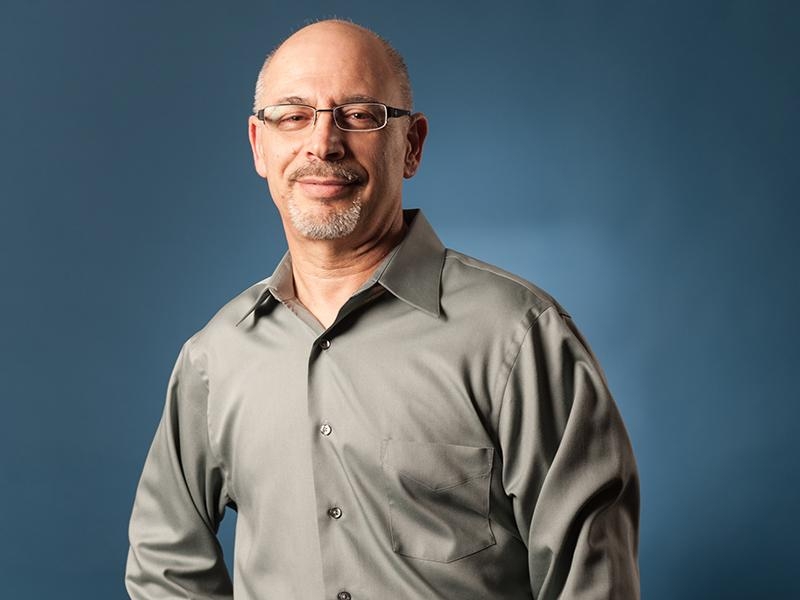 On Rensselaer Polytechnic Institute Week: Should wind turbines breathe like our lungs do?
On Rensselaer Polytechnic Institute Week: Should wind turbines breathe like our lungs do?
Miki Amitay, professor in the department of mechanical, aerospace and nuclear engineering, discusses this question.
Michael Amitay, James L. Decker ’45 Endowed Chair in Aerospace Engineering at Rensselaer Polytechnic Institute is an internationally recognized expert for his research on active and passive flow control techniques and how that can be applied to airplanes, wind turbines, building, and many other engineering systems. He serves as the director of the Center for Flow Physics and Control at Rensselaer, which houses a state-of-the-art wind tunnel used to develop tools to improve the safety and performance of aircrafts and vehicles, improve the construction and function of buildings, and expand the use of wind turbines.
Expanding Wind Energy
There is a huge interest in capturing green means for energy without using fossil fuels. One way to do that is to increase the size of wind turbines, so they can generate more energy.
One of the challenges with that is as the turbines become bigger and bigger, the blades become more prone to turbulence in the air, wind gusts, and the change of direction of the wind – all of which can cause structural damage.
We have developed techniques to detect conditions where the blades might be damaged and actively mitigate those adverse effects through controlled pulses of air that are generated by electricity.
The mechanism by which we create those active puffs of air is similar to the way our lungs work. Air flows in and out of openings on the blades’ surface, which create pulses of controlled jets using only a small amount of power, just 5 watts per jet. As a comparison, a typical light bulb at home is 60 watts.
Using the same technology, we can also increase the use of wind turbines in areas where the environment has traditionally been a barrier. The controlled jets enable the turbine blades to operate efficiently even in high wind, or where wind is not sufficient.
This technology has attracted a lot of interest from large wind turbine companies and has recently been successfully tested on a full-scale wind turbine in the field for a full year.
